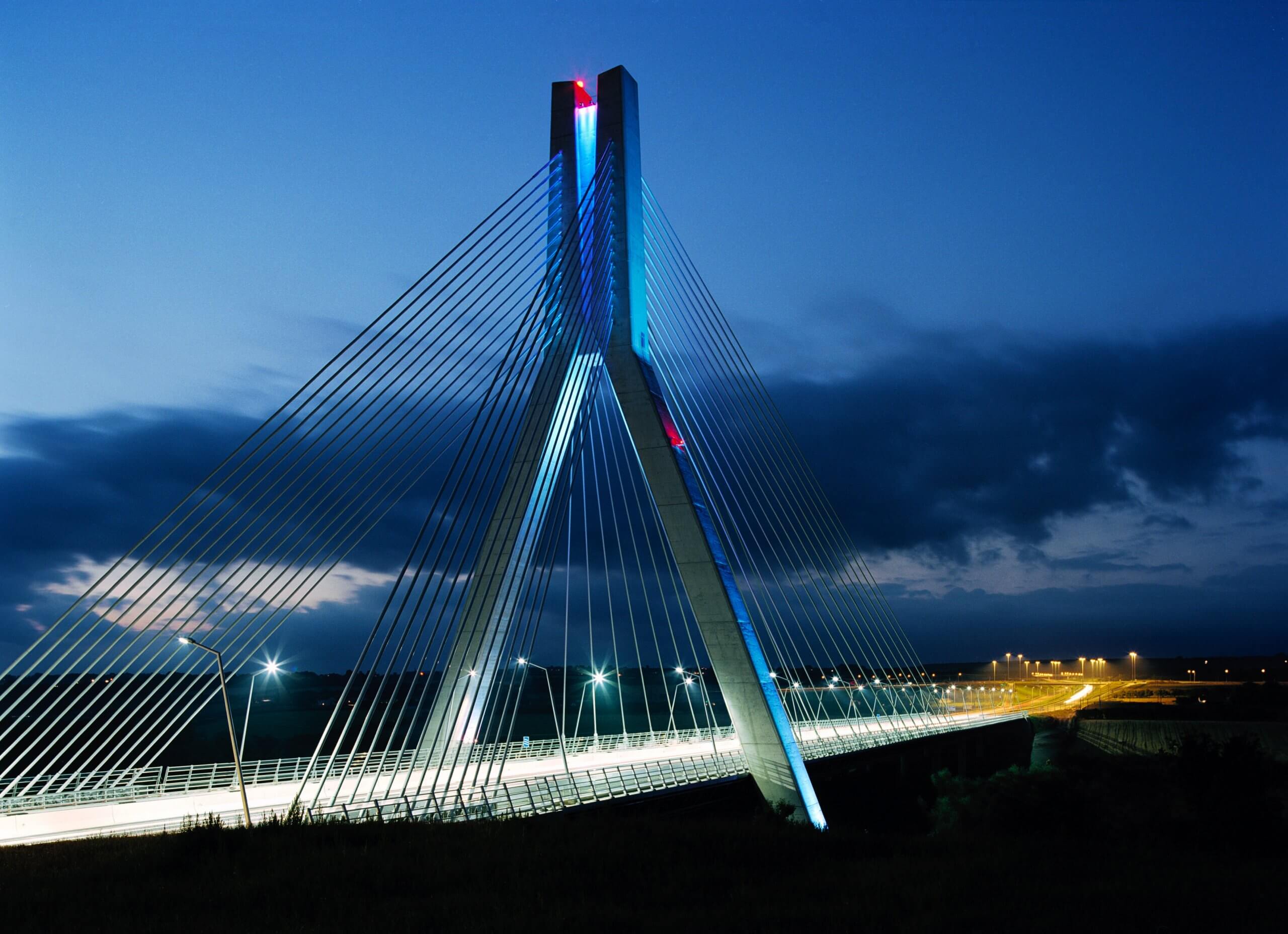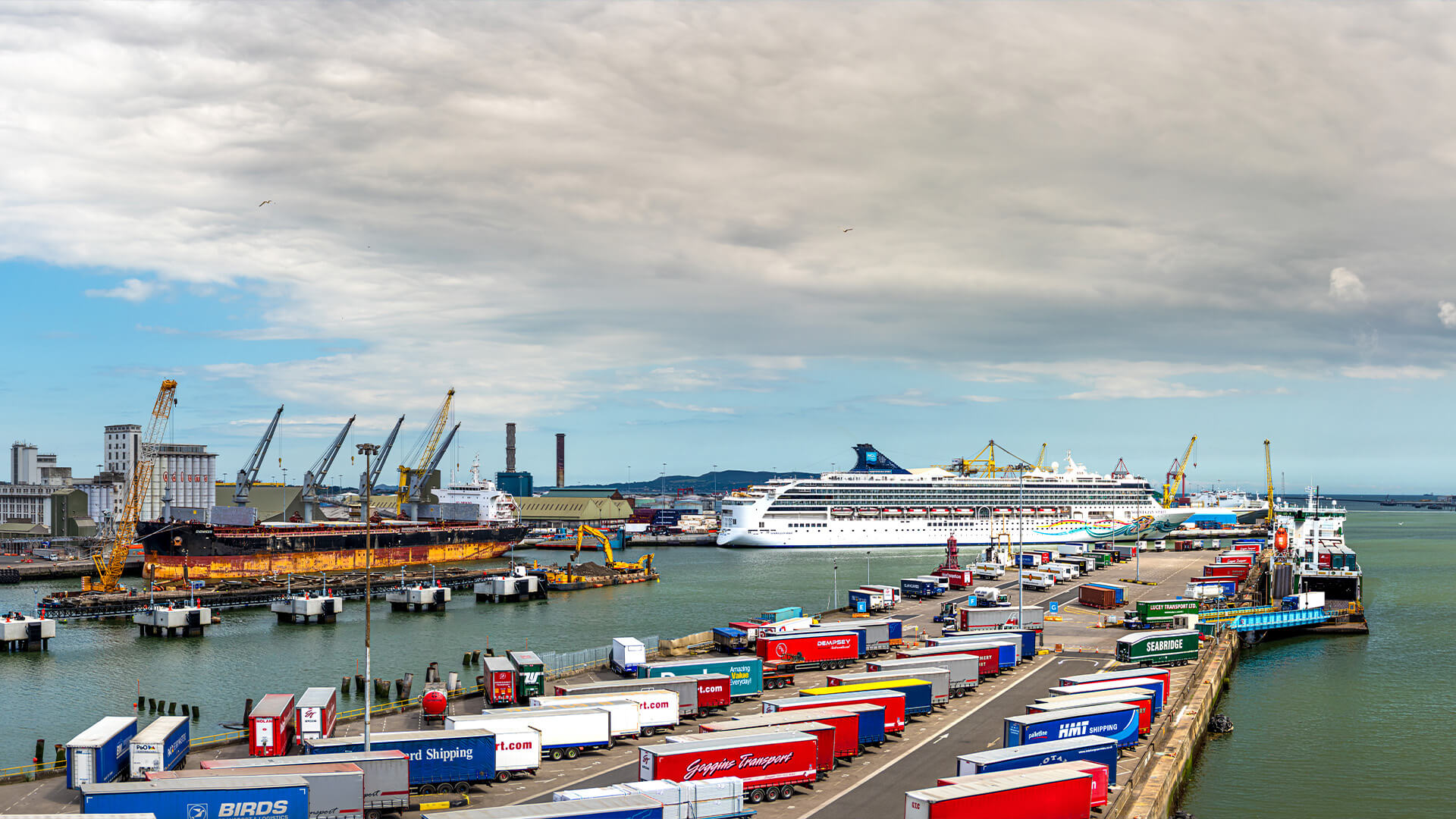M1 Corridor is finally making its mark
30th January 2024

Why logistic properties on the M1 corridor are a good investment
Several factors have led to a renewed interest in the M1 corridor from both retailers and 3rd party logistics providers. Brexit has been a game changer. Critical infrastructure including the M1 motorway; proximity to Dublin Airport and the Port Tunnel; together with strong population growth has given this location greater focus.
Ireland’s exports to Northern Ireland, as a share of total UK exports, increased significantly from 16% to 23% between Q1 2019 and Q1 2022. Similarly, the share of imports has increased from 12% to 18% over the same time. This highlights the increased importance of connectivity between Dublin and Belfast and the M1 corridor.
We believe this will continue. At Dublin Port, Stena Line is adding a new Dublin-Birkenhead route with Seatruck growing the Dublin to Liverpool route which will further develop the Dublin-UK services as part of the new shared freight T5 terminal agreement.

Dublin Port: Stena Line’s new Dublin-Birkenhead route and Seatruck’s expanded Dublin-Liverpool route strengthen Dublin-UK services through the shared T5 terminal agreement.
In 2021 Dublin City University (‘DCU’) and Ulster University (‘UU’) jointly debated the challenges and opportunities for the Dublin-Belfast Economic Corridor and 8 Local Authorities in the area came together to try to harness future growth. From this UU and DCU issued a report which amongst other things outlined the following:
- Two million people live in the eight Local Government areas in the region (north and south).
- There has been a 12% increase in population since 2006.
- 4 million people are aged 16–64 (working age), younger than elsewhere on the island.
- 34% are educated at a university level.
- 15% are not born in Ireland.
- 38% of the island’s businesses are located in the corridor.
- 35% of the island’s jobs could be located on the corridor by 2040.

Fyffes opened a new banana ripening centre in the M1 Business Park at Courtlough as part of a €25 million investment in 2022.
Unsurprisingly, there has been significant activity in north/northwest Dublin over the last 12 months with companies such as Rhenus Logistics, WestRock, BNL Sciences & Killick Aerospace taking space in Northwest Logistics Park and Horizon Logistics Park. Anticipating this, IPUT has, over the past 36 months, significantly increased their industrial landbank in North Dublin, and has planning for 795,000 sq ft at Nexus Logistics Park with the potential for up to 2.4m sq ft across the entire landbank at Cherryhound. Other developers such as Park Developments and Chancerygate have recognised the opportunity in warehousing and logistics and continue to invest in this space.
Further up the M1 corridor, Smyths Toys’ decision to develop a 401,375 sq ft distribution centre at Dundalk North Business Park is an example of the locational shift in occupier demands. The Irish multinational toy store has 231 outlets across Ireland, the UK and Europe. Danish retail brand JYSK announced its plans to locate a 540,000 sq ft logistics facility in Ireland to service its 21 Irish stores as well as its 30 UK stores and is likely to focus in on the M1 corridor too.
We anticipate through 2024 and beyond, there will be renewed interest in the M1 corridor from both logistic developers and occupiers. Smyths Toys and JSYK’s decisions to operate ROI and UK distribution hubs from Ireland may be the start of a wider trend in a post-Brexit environment.
Article by James Kearney, Divisional Director, Industrial and Logistics at Lisney.
